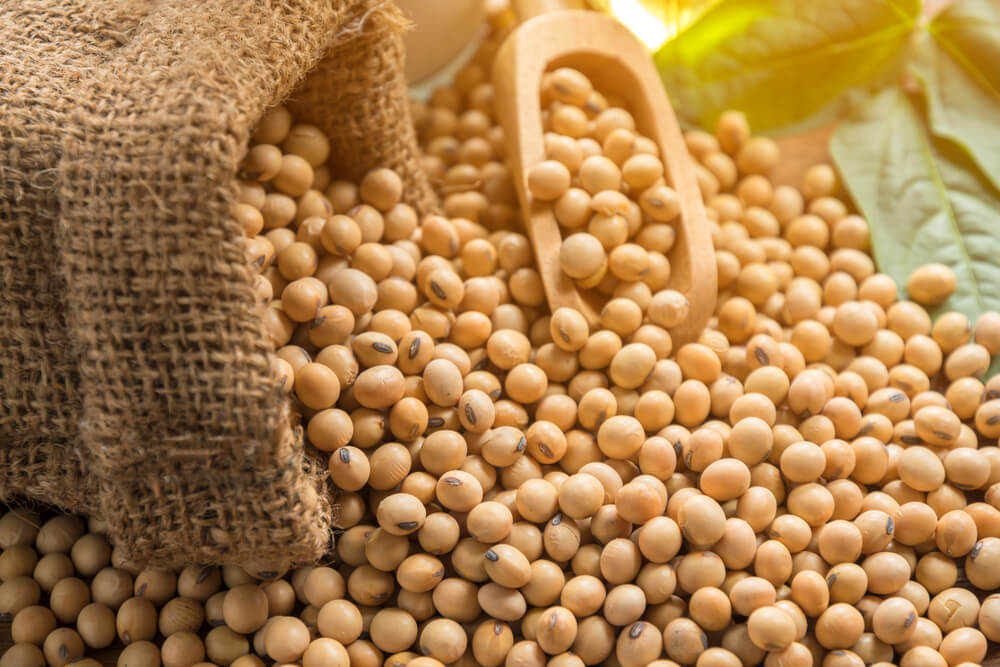U.S. soybean exports resume after hurricane
U.S. farmers recovered soybean export shipments
The U.S. Department of Agriculture presented new data regarding the market situation. According to the information, export shipments of soybeans, which decreased as a result of the hurricane, have increased in the country. Volumes increased after terminals in the Gulf of Mexico resumed operation.
Last week American farmers sold 274 thousand tons of soybeans, which is considered to be a good figure. Previously the figure was kept at the level of 204 thousand tons.
Export shipments of wheat also rose. Last week 508 thousand tons were shipped. Before that, sales were at the level of 457 thousand tons for almost a month. Deliveries of corn increased from 275 thousand tons to 486 thousand tons.
In general, soybean exports in the world market last week reached the mark of 913 thousand tons. According to experts, this figure is within expectations of 500 thousand to 1 million tons. China remains the main importer of culture, a total of 624 thousand tons went to this country. Wheat was sold 356 thousand tons, which is also within expectations — 250-600 thousand tons.
The hurricane that hit the American coast changed the trends in the segment. Combined with strong demand from India, the cataclysm caused soybean meal spreads to increase on FOB terms in Latin America. In Argentina, the benchmark price rose $35, which is considered a record high. In Brazil, the price rose by $49, also the highest mark for the product.
A few months ago, India announced the purchase of 1.2 million tons of meal from genetically modified varieties of soybeans. This product is to be used as feed for livestock, and become a cheaper alternative to traditional wheat and corn. Argentina and the United States were chosen as the main suppliers. Since then, however, the Indian government has relaxed its policy regarding external supplies. In this regard, the authorities have made several major ports accessible to import ships, which increased the logistics flow.
Since then, however, the Indian government has relaxed its policy regarding external supplies. In this regard, the authorities have made several major ports accessible to import ships, which increased the logistics flow.
The hurricane severely damaged U.S. facilities located in the Gulf of Mexico. As a result, importers were forced to look for other suppliers, and traders from Argentina turned out to be the best solution. However, despite the demand for supplies from this country, local farmers sold less soybean meals in the current marketing year than in the previous one. The situation is similar in Brazil.
Analysts predict that the situation in the U.S. and the slowdown in exports may have a negative impact on global production of raw materials. At the same time, FOB premiums in Argentina and Brazil should decline soon.
